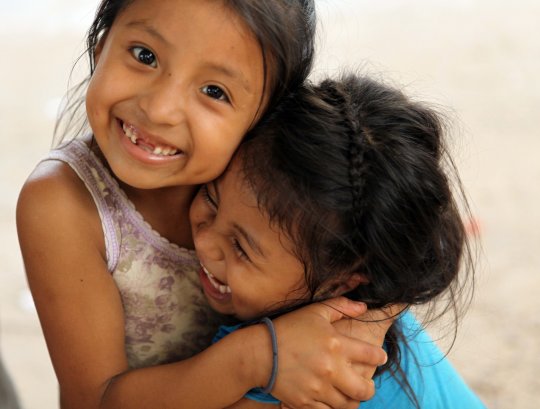Do I say what I think and feel?
If your child can already name different emotions and feelings, you can play ‘guess what the other person’s feeling’ by uttering neutral phrases in different ways. How to start? Together with your child, agree on a sentence (e.g., “I came home”) and then say it in different ways: sadly, angrily, cheerfully, timidly, etc. While playing the game, discuss how you can tell what feeling that is or what fooled you. Ask the child why they associate different actions or tones of voice with a particular emotion.
Empathetic attitude
Look at the pictures and select those which, in your opinion, represent a situation in which someone is showing empathy to the other person. Let the children explain why they think so. Put together a short story about what’s going on between the people in the selected pictures. Try to make the characters in the story address each other in a way you imagine an empathic conversation goes.
Your conversations
Now think of your own conversations. In what space do they take place? Do you see each other well? Are you focused on what the other person is saying? Are you disturbed when the TV is on or when the other person is looking at their mobile phone? Isn’t your mind wandering? Share with each other what is cool and nice about these conversations and what makes you feel that you are being heard. Maybe you want to change something? There’s nothing to wait for! Sometimes a small change, such as squatting in front of a child and looking at them straight in the eye, can give great results.


